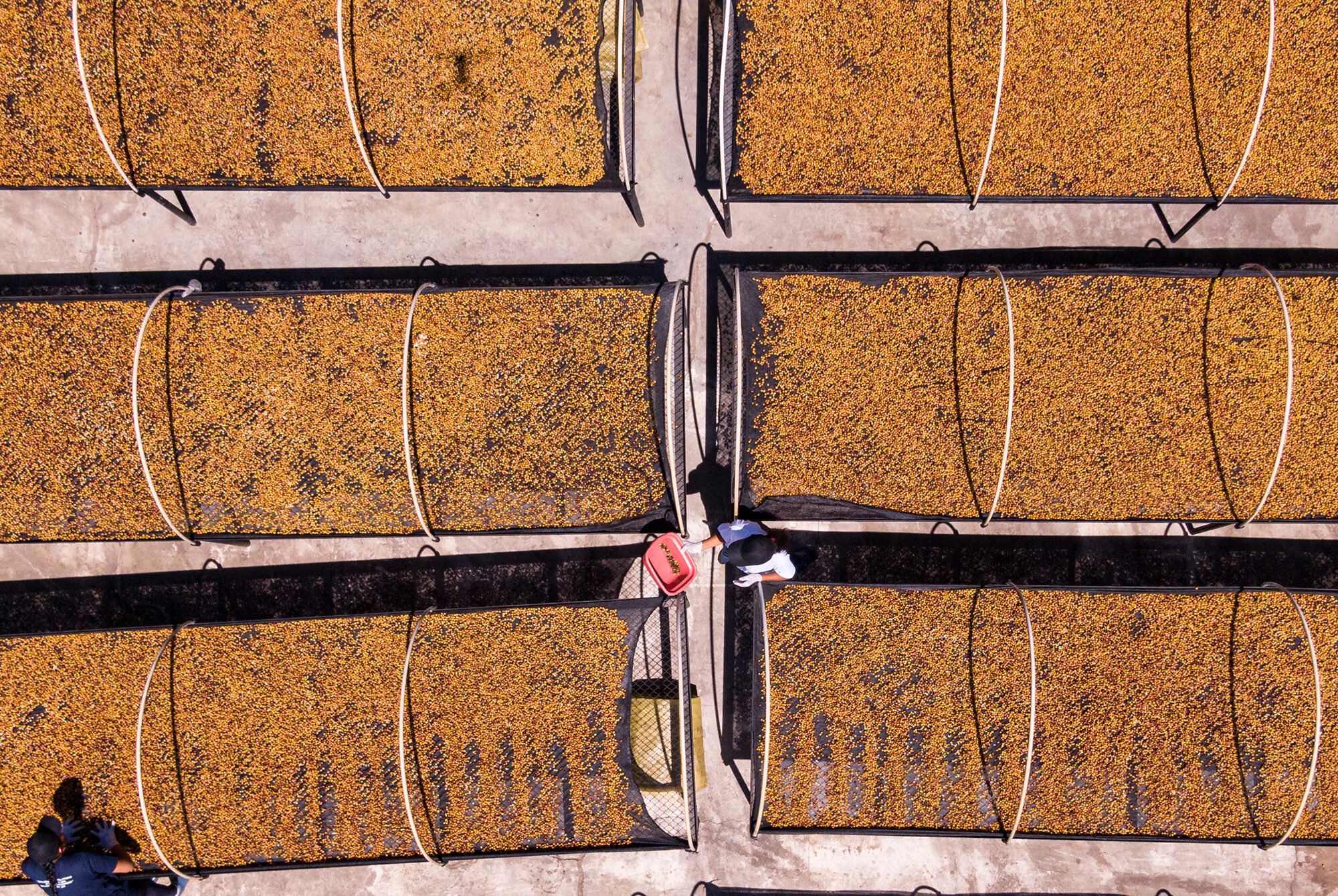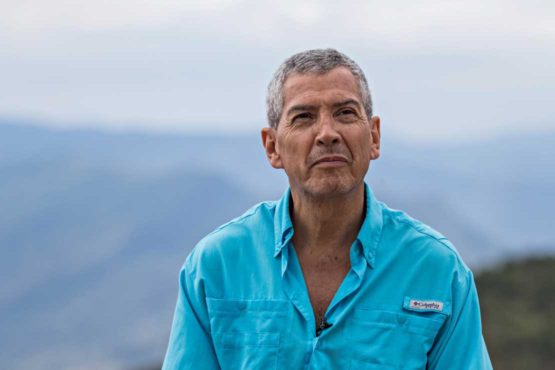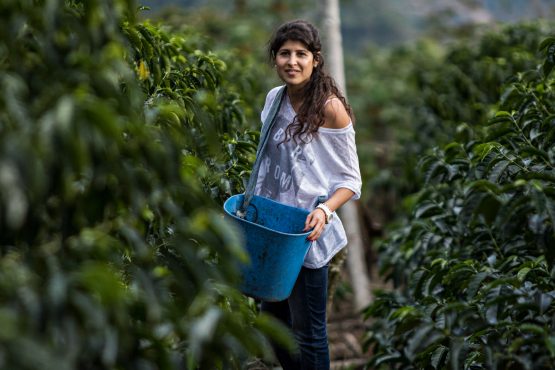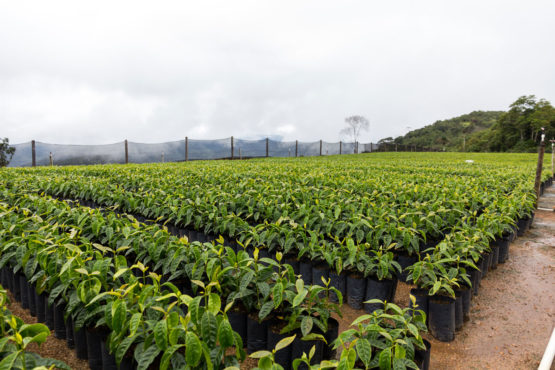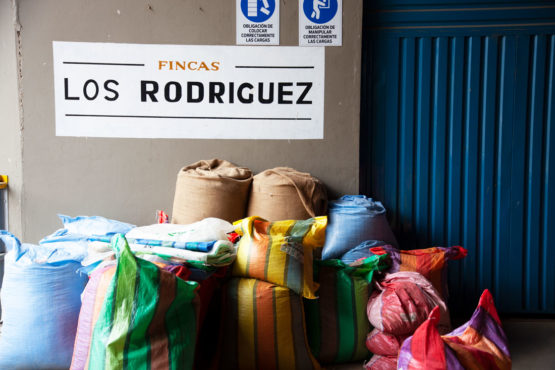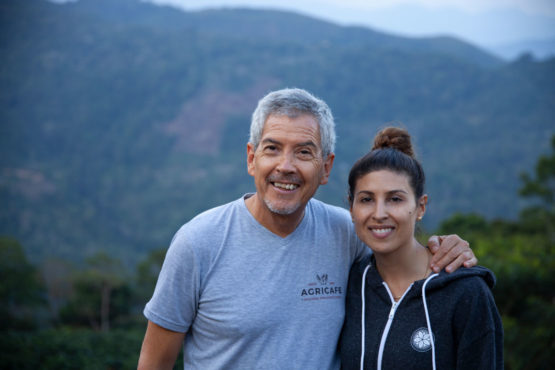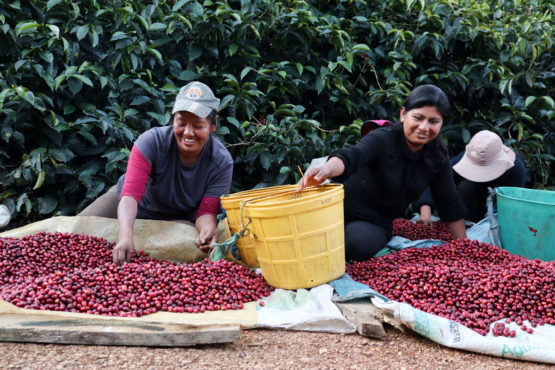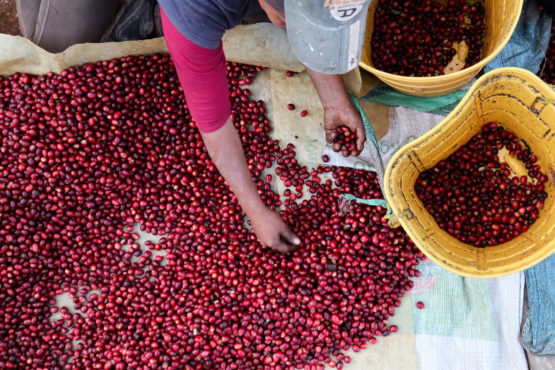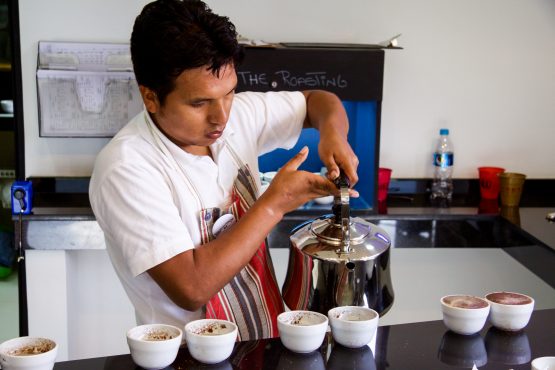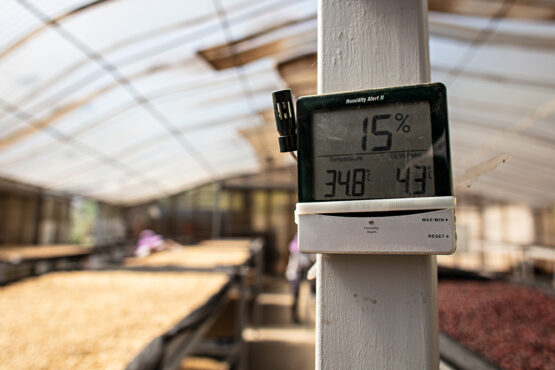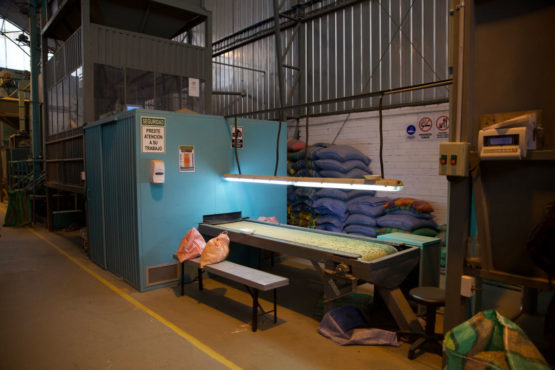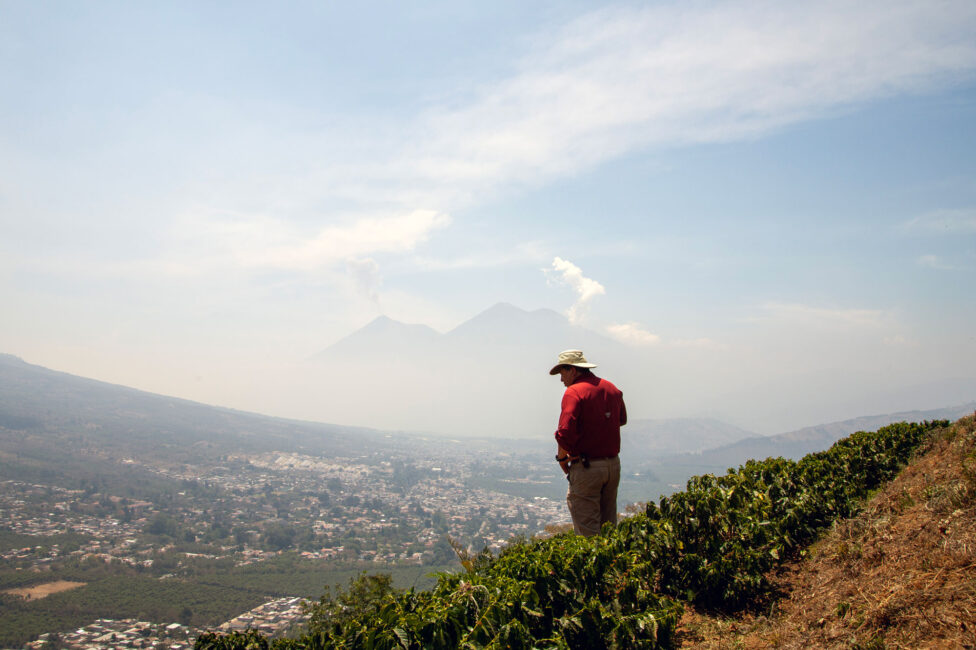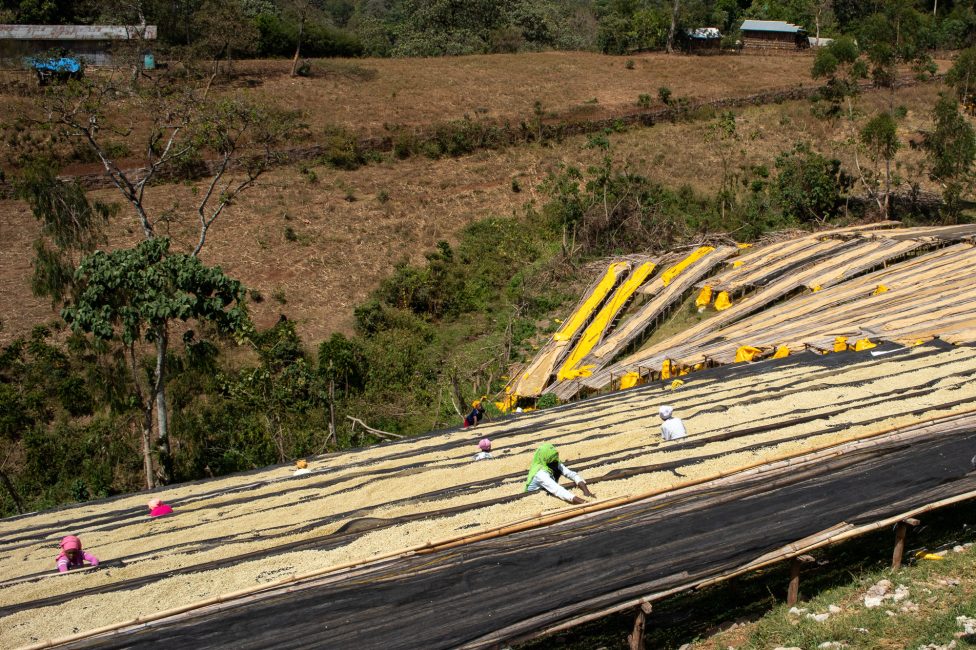Los Rodríguez Honey
Jasmine, orange blossom and honey aromatics, with green grape, apricot and condensed milk in the cup. Bright and balanced.
This 100% Caturra lot is made up of single-day lots from eight farms in Caranavi that are part of Fincas Los Rodríguez. Found at elevations between 1,400 – 1,800m above sea level, the farms are owned by Pedro Rodríguez and his family. Over the last decade, Rodríguez has worked tirelessly to build production and expand the market for Bolivian specialty coffee, helping hundreds of local farmers recognise and realise the potential of their land and crops.
Pedro began his journey in coffee by working with small producers in Caranavi, building a wet mill to process their coffee, and educating producers to selectively handpick their cherries. He also started to process small micro-lots from each of the producers, and because of the unique combination of heirloom varieties, rich soil and incredibly high elevations, the results were outstanding.
However, despite increased international recognition for its quality, coffee production in Bolivia began to rapidly decline over a very short period of time for many reasons. Some farmers switched to coca – grown for the drug trade and illegal to produce in Caranavi – because it provided them with a high year-round income. For those still in coffee, their yields were also declining as a result of ageing coffee plantations, unsophisticated farming techniques, and leaf rust. The combination of these factors resulted in the nation’s coffee production declining by more than half.
In 2012, as leaf rust started to obliterate the production in many small farms, Pedro and his family began to invest in their own plantations, fearing that coffee production in Bolivia would disappear completely. This, they recognised was critical in order to guarantee a minimum level of supply and thus ensure the future sustainability of their business. They acquired land in Caranavi, near their Buena Vista mill and created their first farm, Finca La Linda. “This is where the dream started,” Pedro says.
The family’s approach to coffee production has been extremely methodical, innovative and scientific. Along the way, they consulted with leading specialty coffee agronomists from around the world to help them produce exceptional coffee and build sustainable and healthy farms. A wide range of varieties has been trialled, along with different farming techniques to optimise quality and output. They have carefully documented their findings at every step of the way, and continue to innovate and invest in improvements to produce the very best quality coffee they can.
The Rodríguez farms are some of the most organised and beautiful we have come across. Coffee is well spaced in neat rows and meticulously organised by variety, making picking and lot separation much easier to manage than on more traditional farms in the region. The farms are vibrant, luscious and healthy, and produce exceptional quality and yields.
Pedro and his family have invested a lot of time and effort into trying to make each of their plantations a ‘model’ farm that other producers in the area can learn from. Their learnings have also been shared with local producers through a training program that the family has developed called Sol de la Mañana. Head here to learn more about this wonderful program, and here to learn more about the incredible work the Rodríguez family and Agricafe are doing in Bolivia.
HOW THIS COFFEE WAS PROCESSED
At all of the Rodríguez farms, Pedro hires pickers that are trained to select only the very ripest cherries, and multiple passes are made through the farm throughout the harvest to ensure the coffee is picked at its prime. Selective picking is always very important, to ensure a very sweet and clean cup. The Rodríguez family has found that the very ripest (almost purple) cherries provide the best cup.
After being inspected and weighed, the coffee was carefully sorted by weight using water, and floaters were removed. Following this, the coffee was placed a conveyor belt and was disinfected, in a similar process used for wine grapes. Cherries were then depulped and left to go through a short overnight fermentation, taking advantage of the low temperatures experienced in Caranavi. The following morning, coffee was laid out to carefully dry on raised African beds, and turned every hour for a total of 10 days until it reached 11.5% humidity.
Once the coffee was dry, it was transported to La Paz where it was rested before being milled at Agricafe’s dry mill, La Luna. At this state-of-the-art mill, the coffee was first hulled and sorted using machinery, and then by a team of workers who meticulously sorted the coffee again (this time by hand) under UV and natural light. The mill is one of the cleanest and most impressive we have seen – you can read more about it here.
